Raising Multilingual Children When You’re Fluent in One Language

It’s true: raising multilingual children as a monolingual or non-fluent parent is possible. In other words, if parents speak only 1 language fluently, they can still raise a multilingual child.
After my parents passed away in my 20s, I lost all exposure to the Chinese language, and I completely forgot how to speak Chinese.
When my children were born, I realized that language could be the special link to their grandparents.
After I married my Korean American husband, his parents tried to teach me common phrases in their native language. I struggled find time to learn Korean, let alone my own heritage language.
But this is the year that it’s really happening! The dream of raising multilingual children is becoming a reality, and giving my children a chance at learning their heritage languages has been worth the effort.
I’ll share a brief background of our family plus insights on how children can learn new languages despite a parent’s lack of fluency.
About our multilingual children and family
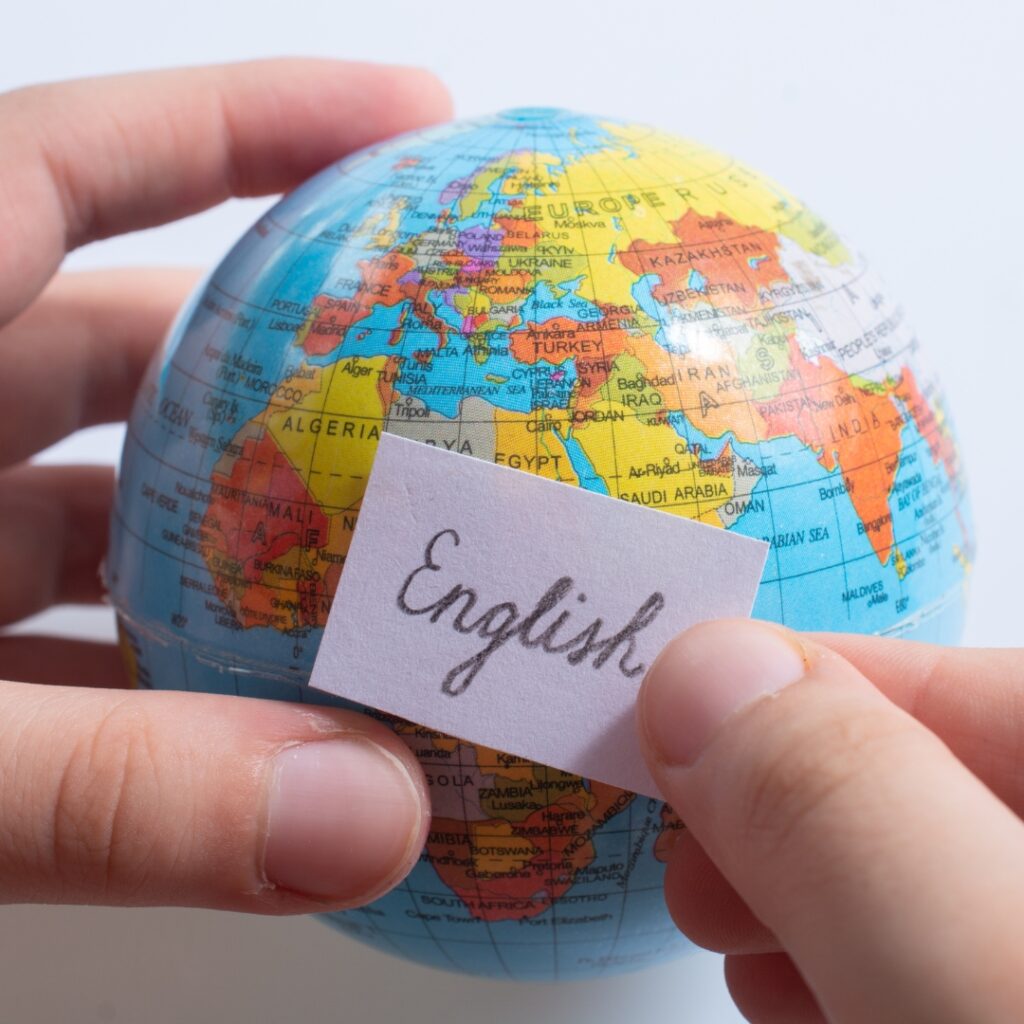
We live in “small town, USA” where English is the dominant language for our family and friends. We have no family in the area, and most of our friends do not share our heritage.
My husband speaks conversational Spanish and limited Korean but chooses not use those languages at home. (See point number 6 below.)
Growing up, I was exposed to a smattering of Mandarin, Shanghainese, and Changshahua through my parents. However, once I started Kindergarten, I spoke almost exclusively in English.
Although I started introducing Chinese to my first child at age 2, most of our conversations were in English until a year later when I was on maternity leave with my younger child. Since I was spending all day with my children, maternity leave transformed our monolingual home into a multilingual one.
This year, we hit huge multilingual milestones! Currently, my children’s minority languages are Chinese (mainly through me) and Korean (through our nanny).
Most of my conversations with my children have transitioned from English to Mandarin Chinese. My older child has memorized over 700 Chinese characters and can read Chinese picture books; she is also learning how to read Korean. My younger child just turned 1, and his first words are a mix of English, Chinese, and Korean.
Lessons learned about raising multilingual children as a non-fluent parent

If you live in a monolingual community, teaching your child more than one language is a Herculean feat.
Since we’ve overcome many doubts and challenges this year, I hope these reflections can help your family raise multilingual children.
1. All you need is one dedicated person to raise a multilingual child
Since we’ve made great progress this year, I’m becoming more confident about being a one-woman band.
Technically, the minimum for passing on a language is one person (parent, grandparent, nanny), as in the one-person, one-language method.
(Well, that and a supportive partner of course!)
This one person needs to be passionate about the plan of raising multilingual children. Ideally, this person has a good relationship with the child and can speak the minority language consistently.
But what if you are not fluent in the language you want your child to learn?
2. You can teach your kid a language, even if you are not fluent.
After my first child was born, I was just trying to survive working motherhood and had no plans to teach her Chinese. When she was 2, I took a few Chinese lessons and started to teach her everything I could say (which was not much at the time).
In no time, she mastered my meager vocabulary. In an attempt to stay ahead of her, I was motivated to keep learning more Chinese.
For parents, the most efficient way to learn a new language is to study materials geared for children, not adults.
When I previously tried online Chinese tutoring classes, the curriculum for adults focused on business and travel vocabulary.
Since the words were irrelevant to my situation, I quit online classes. Instead, I practiced the lyrics to Chinese children’s songs and took notes on Chinese baby and toddler books.
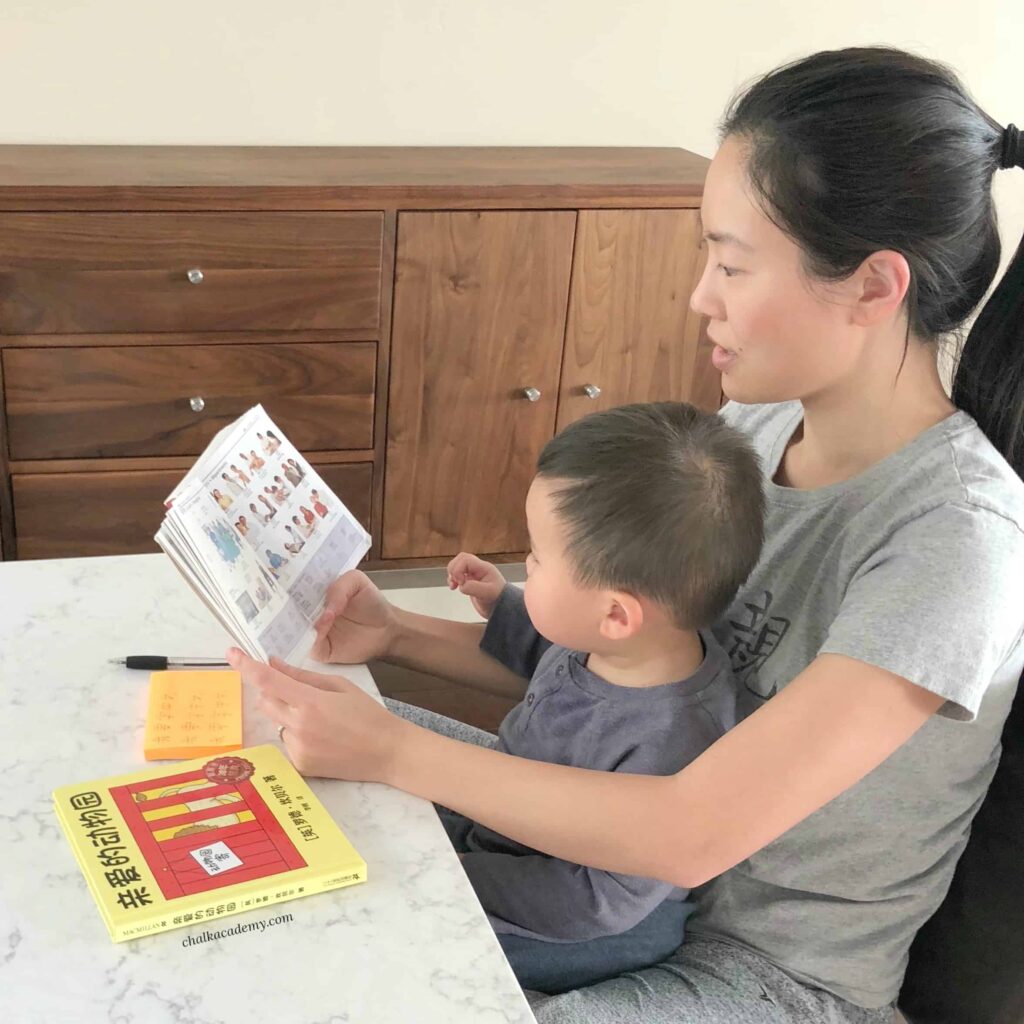
I share more details on how I learned Chinese as a busy parent here.
As for Korean language, our current nanny is conversational, but not fluent in Korean. Still, she knows more than enough to have meaningful conversations with our children and thus teach them Korean.
Plus, speaking with our children in Korean only improves her confidence in the language. She’s taken it upon herself to learn the Hangul alphabet so that she can read Korean stories to our kids.
3. Create a multilingual environment at eye level for your child.
Look around your home. What percent of the minority languages are visible and audible to your child?
To maximize the chance at raising trilingual children, I had to make Chinese and Korean languages noticeable and attractive. Media is going to be an important ally here.
Reduce English input
The first thing I did was donate any electronic toy that talks or sings in English. Apologies to my friend who gifted the talking picnic basket, but digital English toys were sabotaging our multilingual efforts. (Experts agree that open-ended toys are better for kids, anyway!)
I also minimized other types of English media, such as music and books. Because my daughter loved to sing English nursery rhymes at the time, I tried my best to find translations in her Korean music and Chinese songs.
As for books, I also looked for translations of popular classics, such as Eric Carle books in Chinese and Korean.
Increase Chinese and Korean input
As Chinese and Korean music began to fill my children’s ears, I gradually started making Korean words and Chinese characters appear around the home.
When I started leaving my daughter notes around the house and giving “name tags” to my daughters stuffed animals, she was very curious to learn Chinese characters.
I also started adding Chinese labels to our art supplies and collecting Korean and Chinese children’s books.
This transformed our home into a print-rich environment in Chinese and Korean!
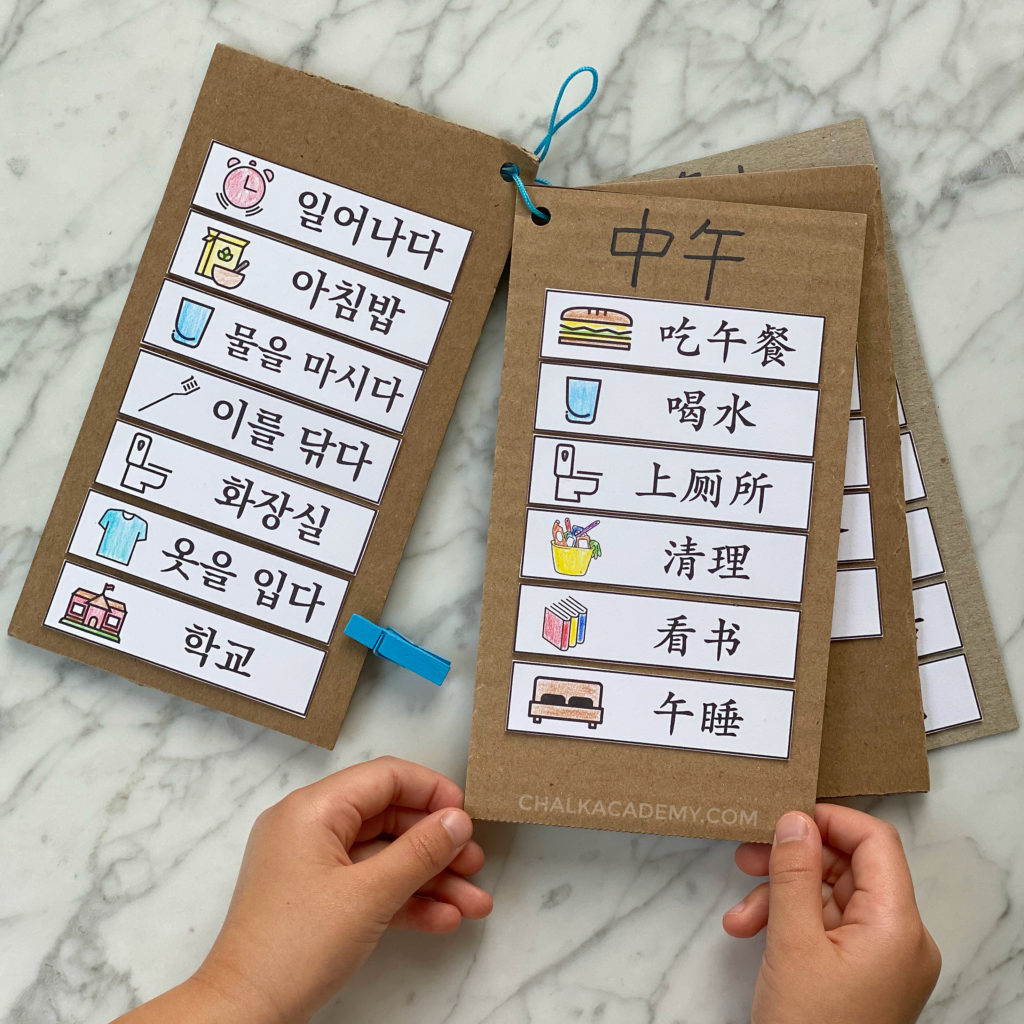
Learn more about the 5 key steps to teaching a second language at home here.
4. Make learning at home as fun as possible for your multilingual children!
Unless your kids have the chance to go to a bilingual immersion school, minority languages can be easily forgotten once they go to school full-time.
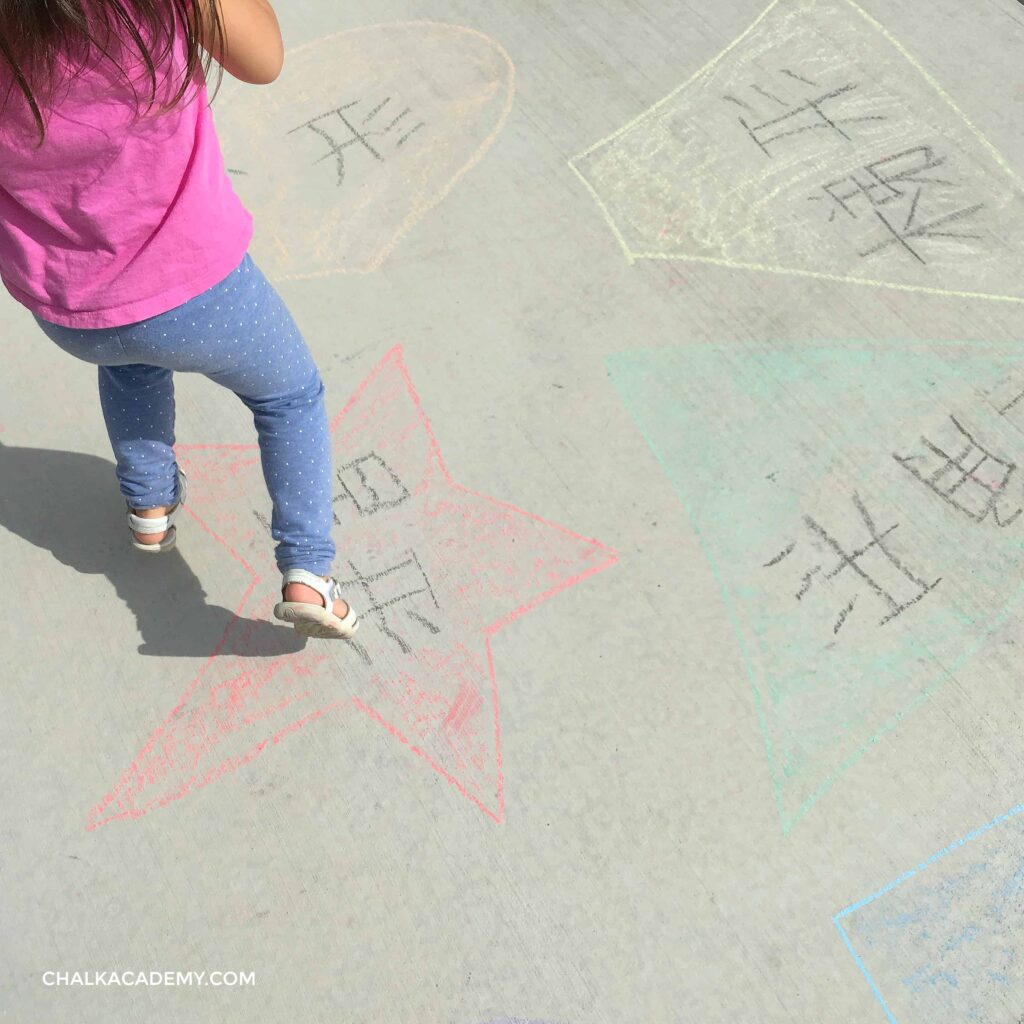
Since children are constantly making new and exciting memories in the dominant language (eg, English), they also need special experiences in the minority language.
To boost your chances of raising multilingual children, think about how you can bond through music, games, sports, and hands-on activities.
The secret is to follow your child’s interests and have fun!
5. To maximize your chances of raising multilingual children, try to outsource.
If you think this all sounds like a lot of work for one person, it is.
Although I’m shouldering the bulk of Mandarin Chinese teaching and preparing, I wish I could delegate that responsibility! Also, language comes more naturally when there are more people to share the conversation with.
If have room in your budget, try to invite at least one native speaker to be a regular part of your child’s life, such as a nanny, babysitter, or tutor.
To help you in your search, learn how to find a language teacher for your child here.
I am grateful for our part-time Korean-speaking nanny as well as our Beijing-born Chinese teacher. Our wonderful Chinese teacher comes for only about an hour per week, and she helps with correcting tonal or pronunciation mistakes.
Outsourcing also allows multilingual children to interact and befriend other people who share the language.
6. Whether or not you’re fluent, raising multilingual children is hard.

I know this might be obvious, but it needs to be said. Preparation for the bilingual parenting journey involves being realistic about the challenges.
Lots of grace is needed, because parenting in even one language is tough for most people. No matter how hard you try, there are going to be factors our of your control.
Stress and sleep-deprivation make everything harder.
When you are exhausted and frustrated, speaking a minority language is even more challenging!
If you haven’t slept well in ages, thinking in a non-fluent language requires extra energy and concentration. And when you’re upset and just need to say what you need to say, the words just don’t flow the way it would in your dominant language.
Due to lack of time and sleep, my supportive husband has decided to generally speak English to our children.
Since his precious family time is limited to weekends, straining to think in a minority language is not worth the stress.
Raising multilingual children without a community can feel lonely.
To be honest, this multilingual journey has often felt lonely. It gives me a glimpse into how my immigrant parents must have felt when none of their neighbors shared their languages.
For our modern times, I am grateful for all of you in our supportive Chalk Academy community!
Through your comments and messages, I have learned so much from parents with children older than mine, as well as parents just figuring out if this journey is for them.
And I’m honored for the chance to pay it forward by sharing our experience here.
What about you? Are you hoping to raise multilingual children?
How is language learning going for your family? What insights have you gleaned from your experience? Please share with our community in the comments below! Cheering you on!

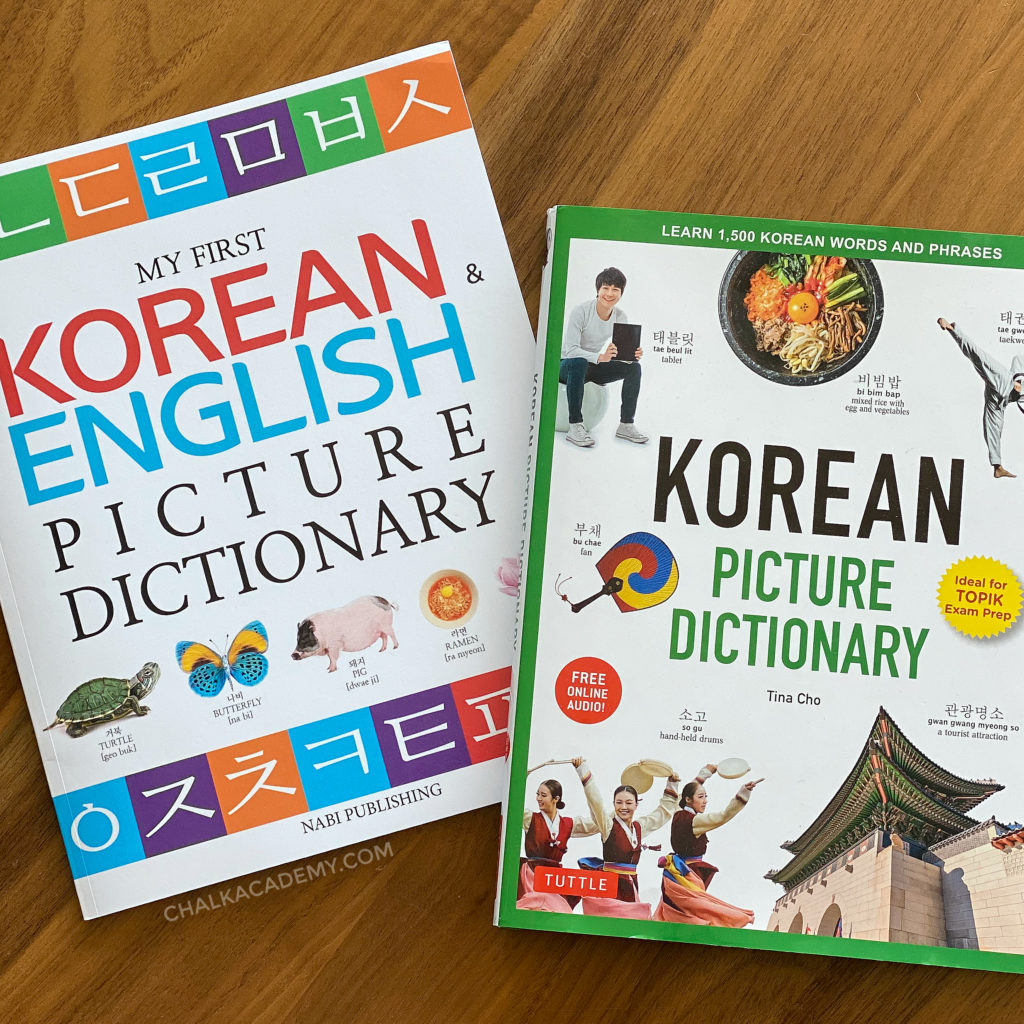
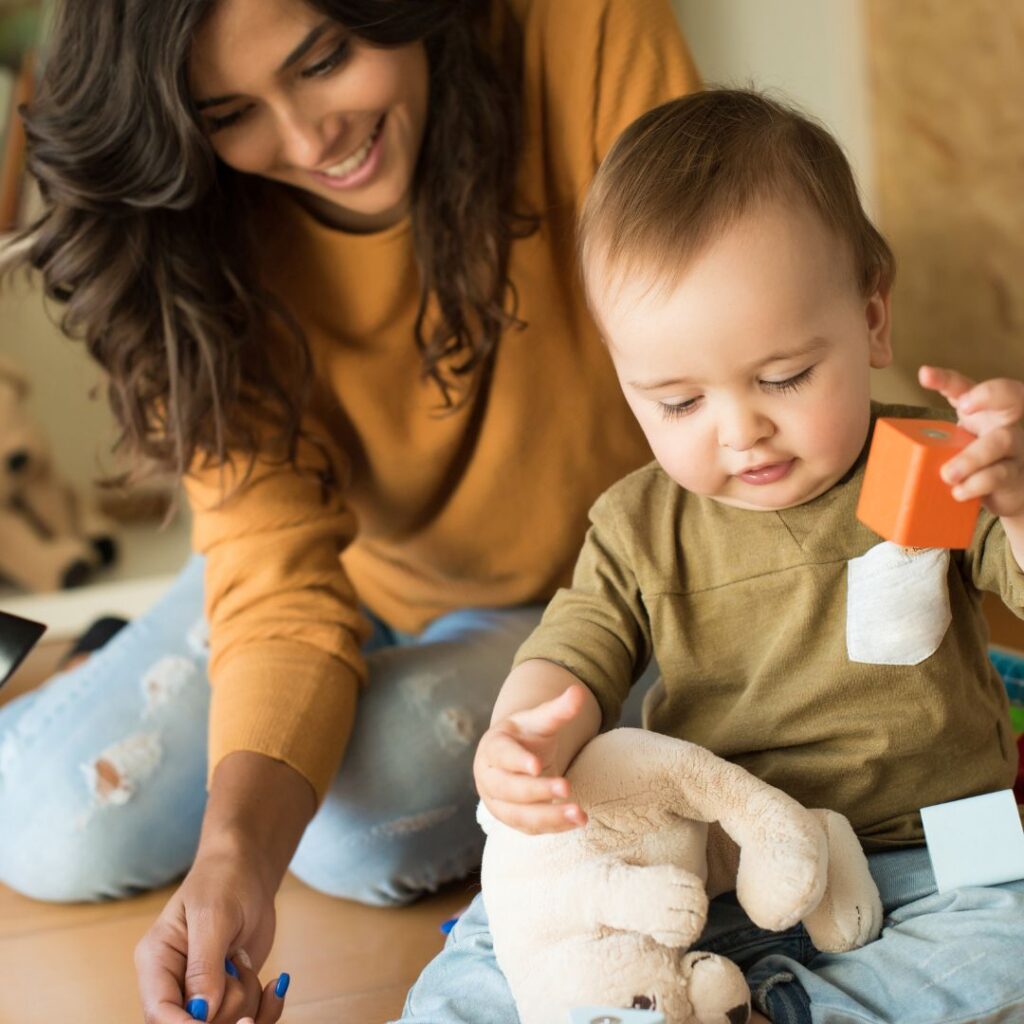
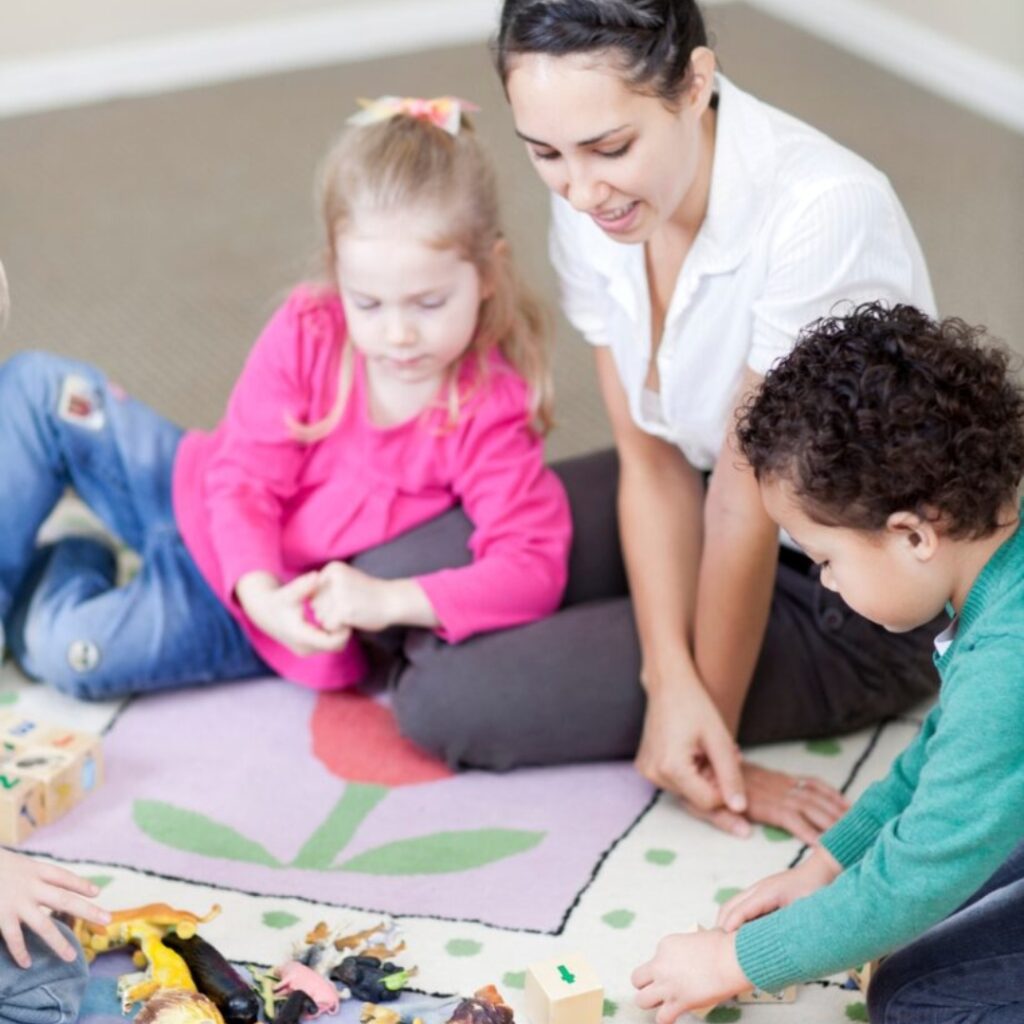


Inspiring article! I’m Cantonese (born in Canada) and my husband is Canadian (English speaking only). I have always spoken Cantonese to my parents, but never went to Cantonese school, nor can I read or write. I can speak decently, until the conversation gets in depth. I have learned 7 languages, so I was determined to have my daughter be bilingual, at least. She’s 2.5 years old and fully fluent in Cantonese! She didn’t start talking until almost 2 years old. Her word count now is >1300 words (>80% Cantonese words). She speaks in complete long sentences (sometimes in paragraphs), and sounds like a 4 – 5 year old from Hong Kong. Her English sounds like a proper 2 year old, with 3-4 word sentences. Often, she speaks to dad in Cantonese (which he can’t understand, lol). It’s been so fun. We plan to have her attend French school too! So nice finding your blog of being a language champion.
Hi !
Thank you so much for your website, and for sharing your tips, it’s very helpfull. I’ve got trouble to find Chinese books in Europe with affordable postage fees (if anyone knows about online seller, please, let me know)
I’m french, and I raised my kid talking to him partly in english, even I am not native at all. I wondered a lot about it, some people were even saying that doing so would bring language troubles (which is stupid, a lot of countries are bilingual, but it got me worried at the time). Now, my son is 12, he entered a very selective international school where all the kids come from english/american native families. He chose to begin to learn Chinese in middle school, which is a complete challenge for him and me. But learning a third language is easier for him, thanks to this bilingual education.
So my advice to young parents would be : do what you can, it will always be better than nothing. A new language, no matter how you master it, is an opening to the world, to other cultures, and it will be a treasure for your child and probably for you too (I discovered a lot in american literature, and now I am learning Chinese – mostly thanks to him – which is a complete new and wonderful adventure)
Can you speak or write a little more about add a 3rd language. My kids are perfectly bilingual, French and English, but I am having a hard time with Mandarin which is our 3rd language that neither me or my partner speak. I am out sourcing, my daughter’s school have 1h30min of Mandarin per week, my son with be going to a Mandarin School next year. I have a hard time getting them Mandarin motivated at home.
Hi Natalie, thanks for reaching out! Congratulations on your success with balancing French and English! Are you able to increase the amount of Mandarin tutoring for your children to at least a few times per week? Other ways that you can increase Chinese exposure include music (many options here) and audiobooks. We also like storytime shows on YouTube . Momentum takes time to build, and if you are able, I would try to learn some Mandarin along with them. Even a few phrases and simple songs can show them you are interested, too. Please let me know if I can help with anything else!.
I know this is an older post, but SO lovely to hear about your experiences as someone going through a similar journey! (except with Lithuanian, not Chinese or Korean). Have you found any awesome online groups of non-fluent parents raising bilingual kids? My three biggest frustrations are Lithuanian just NOT being a super common language in the U.S, finding other parents who are making language-teaching a huge priority in their home, and finding resources to help me teach my kids.
Just stumbled on your blog when I was searching for how to get my kids onto Chinese audiobooks….it’s a real challenge to get them to hear Chinese well despite being Chinese ourselves. We think and speak too often in English in our multilingual country since English is the common code. Just feel it’s a pity for kids to miss out on the richness of Chinese thought and culture….thanks for all the great tips for getting started on Xinmalaya. Definitely raring to give it a go now!
Holy cow, I am so happy to have found you! My son just turned 7 months and I recently have been thinking/worrying about how I could start laying the foundation for teaching/learning Chinese as a non-fluent parent. I haven’t read every post on your website yet but you bet I WILL! I just wanted to express how thankful I am that someone like me is sharing their experience. Thank goodness for internet! And, for people like you!
Hi Amy! It’s so nice to hear from you! Thank you so much for the kind message 🙂 I hope that you will find the resources that you will need for your baby as he grows! Please let me know if I can help in any way!
So inspirational! I am in the same boat, basic conversational Cantonese, but since having my son something inside me is saying carry on and keep trying! He has picked up lots, but sadly my partner has asked me to speak English with him when he is around as he is feeling excluded 🙁 I empathize with how he is feeling so have agreed to this. I work part time so still have two full days a week with my son and also drive him to nursery which takes about an hour each way, but sometimes the constant chat (now that time is precious!) is exhausting especially when my language is limited! Thank you for all your tips! Will definitely be putting some into place at home!
Thank you for reading and sharing your story! I know what you mean about the motivation we get from our children. I’m inspired to hear your determination and balancing it with work, commuting, and family needs. 加油!
Wow… Your amazing. I’m trying to do Chinese, English, Japanese and a little of sign language. Funny thing is I am dyslexic and struggle with just my dominant language English. I am glad to know that you are also learning with her. Thank you so much for your wonderful tips. It makes me more hopeful that my daughter will be okay with languages even if I am not. Don’t love technology? Thanks Zhen.
Thank you so much for reading and sharing your language goals! That’s wonderful that you are also trying to teach sign language too! I truly believe that our kids can have a chance at learning languages regardless of our challenges 🙂
Thank you so much for your experiences! My daughter is 1.5 years old and I am committed to speaking Chao Zhao Hua and Mandarin to her. Chao Zhao Hua was the Southern dialect I grew up speaking, however I am finding that it’s a struggle with only myself speaking it. My Mandarin is also lacking, since I do not use it much. My husband and our current nanny only speaks English. My husband has been making a point to learn Chinese from our daughter, so that he can speak with her. We are lucky where the local indoor play space have been offering 45 min weekly Chinese classes. I love that you are posting signs in Chinese for your little ones. I will start that this year as well. How are you switching from one language to another? To you say to the kiddies that you are speaking Chinese/Korean/English, etc?
Hi Jenny! Thank you for the kind feedback and sharing your family’s language journey! I think that is so wonderful that your husband is trying to learn Chinese from and with your daughter!! We do the OPOL method, so the kids associate Mandarin with me, Korean with their nanny, and English with everybody. When I switch between Chinese and English, such as when i’m taking to my husband for example, I don’t really clarify since kids will figure it out. The only times when I make a point of clarifying the language are (1) I will gently ask my daughter to repeat something back to me in Chinese if she says it in English, more of a reminder that we are practicing Chinese together at home, and (2) When 1 yo 老二 hands me a Korean book, I point out that it is a Korean book but that I will read it to him in Chinese. Hope that helps! 🙂
Hi Betty,
May I ask when did your children start talking in sentences or putting two words together? My daughter is 2 1/2 now, we are hoping she could pick up 3 languages so I speak Mandarin to her, my husband speaks Cantonese and she learns English from preschool once a week also by watching nursery rhymes on TV. I recently notice she rarely speaks in two word phrases and most of time it’s single word. In the past couple weeks I have been encouraging her to spoke in two word phrases and she has gradually connecting two words together but I am still worry that she may have speech delay. I am wondering if you have encounter the same thing while raising your kids? Thank you for taking your times and reading my comments, love your blog!!!
sorry for the duplicate comments, please disregard the first one I thought the first comment didn’t go through.
Hi Betty,
May I ask when did your children start talking in sentences or putting two words together? My daughter is 2 & 1/2 now, we are hoping she could pick up 3 languages so I spoke Madarin to her, my husband speaks Cantonese and she leaned English from school once a week or watching nursery rhymes. I notice she rarely speak two word phrases and often times it’s single words. I been encouraging her to talk more in sentences and I see some improvement in these couple weeks. We are really worry that she may have speech delay and would like to know if you have encounter the same thing while raising your kids. Thanks a lot for reading my comments!!
Hi Maggie! Thank you for taking the time to visit my website and sharing your story! Both of my children are early speakers, but every child develops at their own pace and there is a wide range of normal. Generally, language milestones should be the same in multilingual children as monolingual children. For example, the average 2 year old knows 50-200 words. This can mean 100 Chinese words plus 100 English words, or 2 English words plus 80 Chinese words. In addition, 2-year-olds are usually speaking in 2-word phrases (eg, more apples), regardless of # of languages. Sometimes it can be hard to tell how many words a child knows if the parent is not fluent in all of the child’s languages. And many times, a delay is temporary and the child catches up. These would be great questions to discuss with your pediatrician. Hope that helps!
Your effort is truly inspirational and I’ve enjoyed reading your blog of fun projects to do with toddler/baby. I’ve considered adding Spanish into our Mandarin/English household though I’d like my 4yo to first accumulate enough traditional Chinese characters to read. Did you teach your 4yo to read?
Hi Lucy! Thank you so much for reading and for your kindness! Yes, I have been teaching my daugther how to read – I am learning simultaneously but often have to check the dictionary for the pinyin/definition in order to tell her what a character means. But her memory is better than mine, and I estimate she know a couple hundred more characters than me currently. I do not plan to teach pinyin until sometime during elementary school
I think it sounds like a great idea to introduce Spanish if you have the time and resources! Toddler brains are amazing and can handle learning multiple languages. 🙂 Keep me posted on what you decide! 🙂
Amazing testimony of a non fluent mandarin parent! Kudos to learning 3 languages simultaneously too. Love your learning spirit and creative ways! To a greater learning aptitude in 2018! 新年蒙恩!
Cheers,
Angie
Thank you, dear Angie! Cheers and blessings to your family in 2018! 祝福新年快乐!